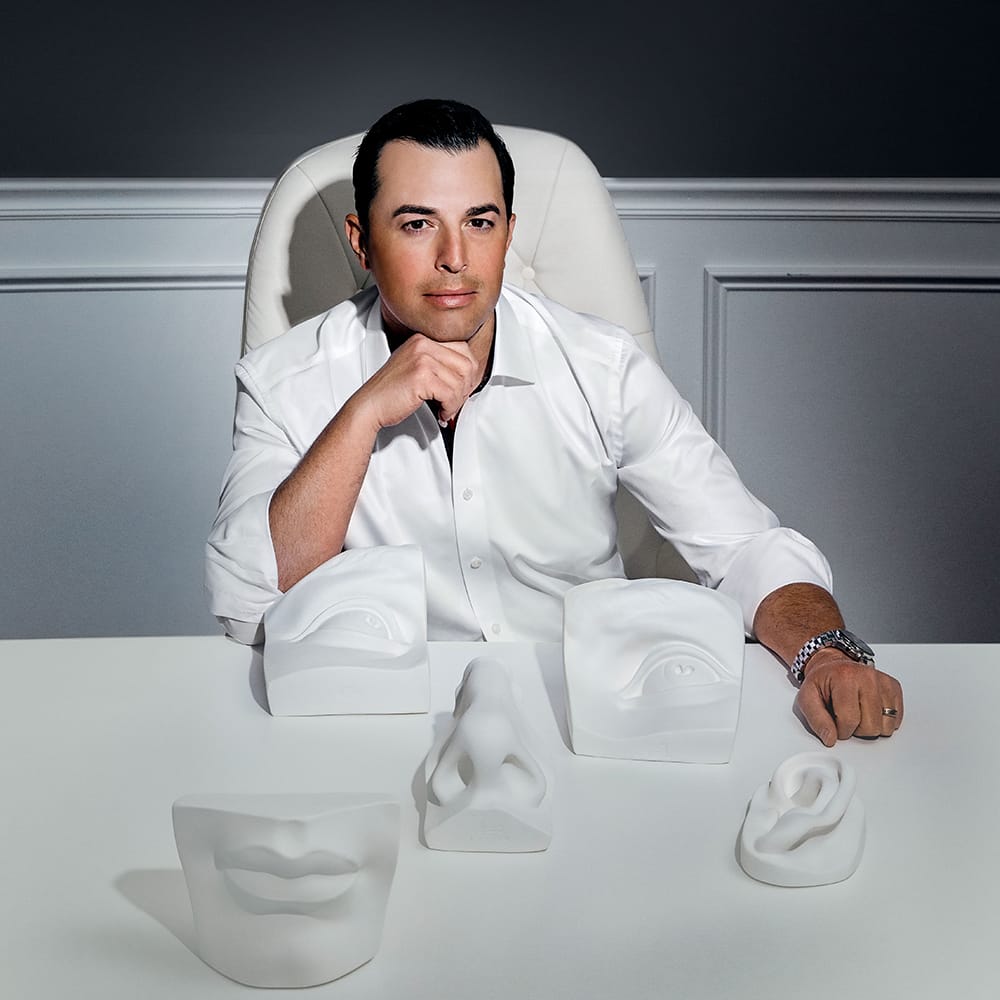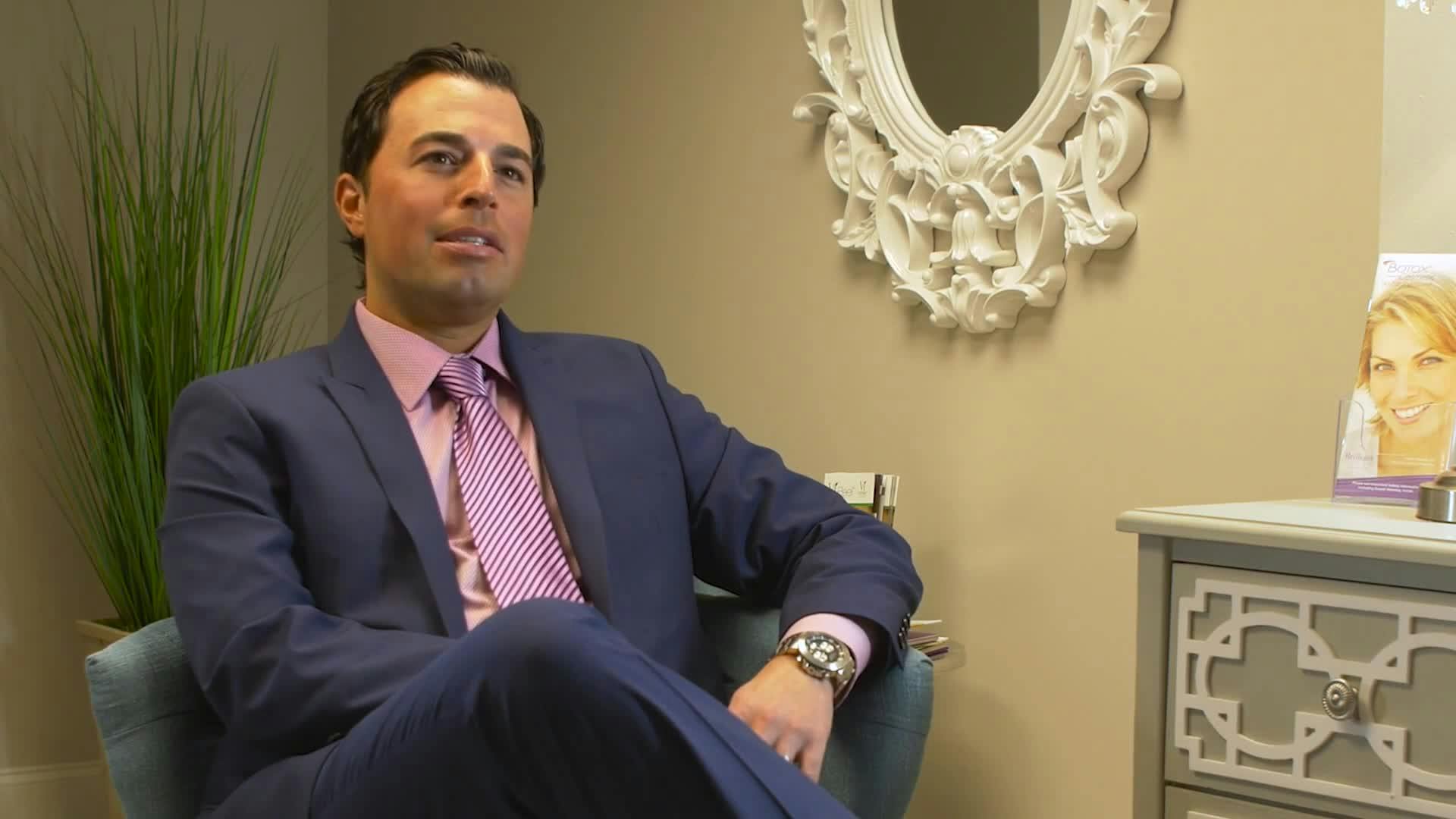How many facelifts can I get?
The answer to this depends on multiple factors. In the past, many patients only had one facelift in a lifetime. These patients typically did not want to undergo the prolonged recovery associated with old-fashioned facelift techniques for the second time in their life.
Today, with the advent of modern facelift techniques that prove to be less invasive with quicker recovery, many patients have more than one facelift in their lifetime.
More and more patients are choosing to get mini facelifts, which are less invasive, to stop the clock at a younger age and then undergo a secondary facelift later in life to correct more advanced signs of aging. There’s no truly “set” number of facelifts a patient can have. Many factors, such as skin quality, scar tissue, overall health, and the patient’s motives for having surgery, will play a part in determining if they are a candidate for a revision facelift procedure. A facial plastic surgeon addresses all of these factors before performing secondary facelift surgery.






